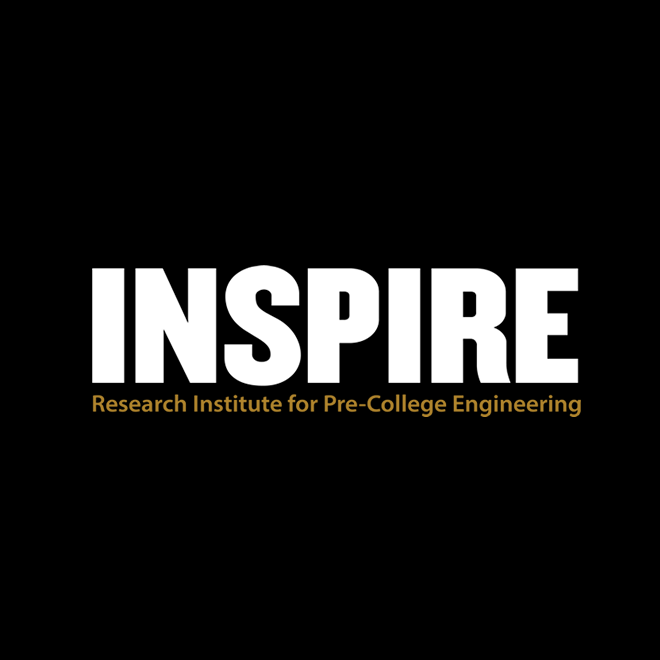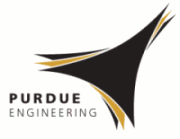Abstract
Currently, unless a K-12 student elects to enroll in technology-focused schools or classes, exposure to engineering design and habits of mind is minimal. However, the Framework for K-12 Science Education, published by the National Research Council in 2011, includes engineering design as a new and major component of the science content to be taught by all K-12 teachers of science. This addition will likely require substantial teacher preparation in all the states that adopt the new standards that will be developed from the Framework. Engineering design will not be taught as just an elective to students who have prior interest in a career in engineering, but also as a habit of mind and a 21st century skill to all students in their regular classes. In this case study, one middle school science teacher taught an engineering design-based curriculum to two different classes of 8th grade students: a high-track and a low-track. The low-track class contained a substantial number of students with learning disabilities. Given the freedom to differentiate her teaching based on the needs of her students, the teacher provided a disparate learning environment for her lower-tracked students, and disparate learning outcomes were evident. This study is designed to begin the discussion about equity in engineering education at the K-12 level. Engineering design-based science instruction can level the playing field for students with learning differences if teachers are prepared for the challenge.
Recommended Citation
Schnittka, C. G.
(2012).
Engineering Education in the Science Classroom: A Case Study of One Teacher’s Disparate Approach with Ability-Tracked Classrooms.
Journal of Pre-College Engineering Education Research (J-PEER), 2(1), Article 5.
https://doi.org/10.5703/1288284314654


